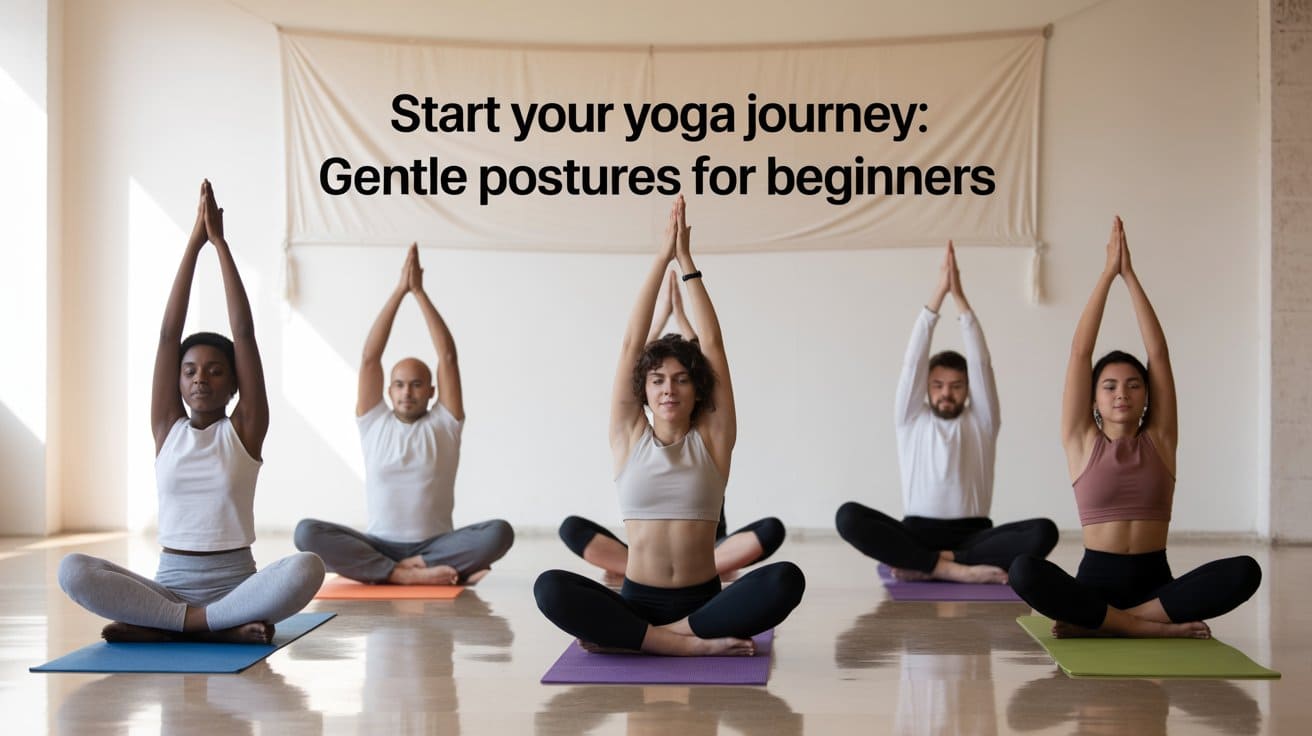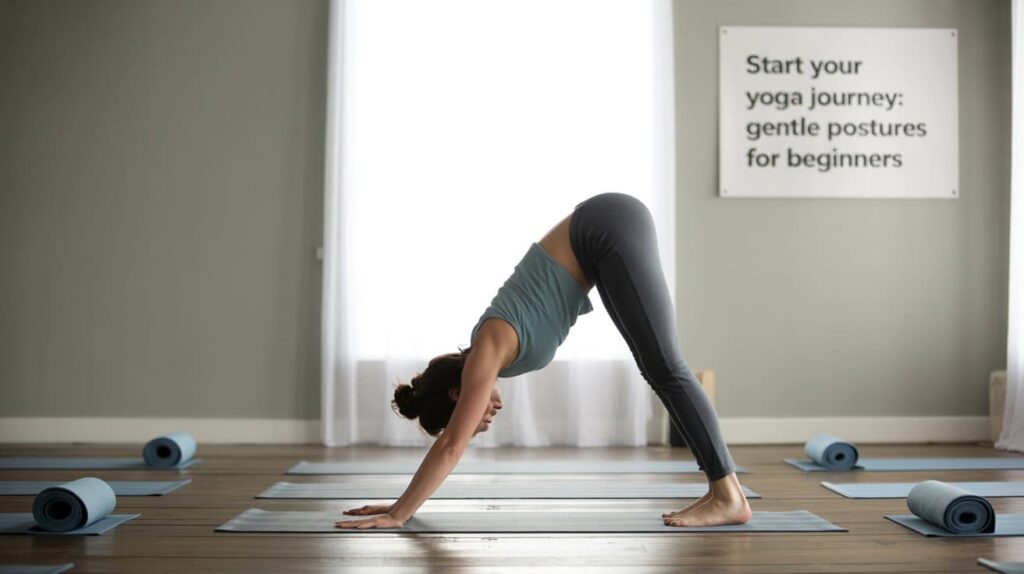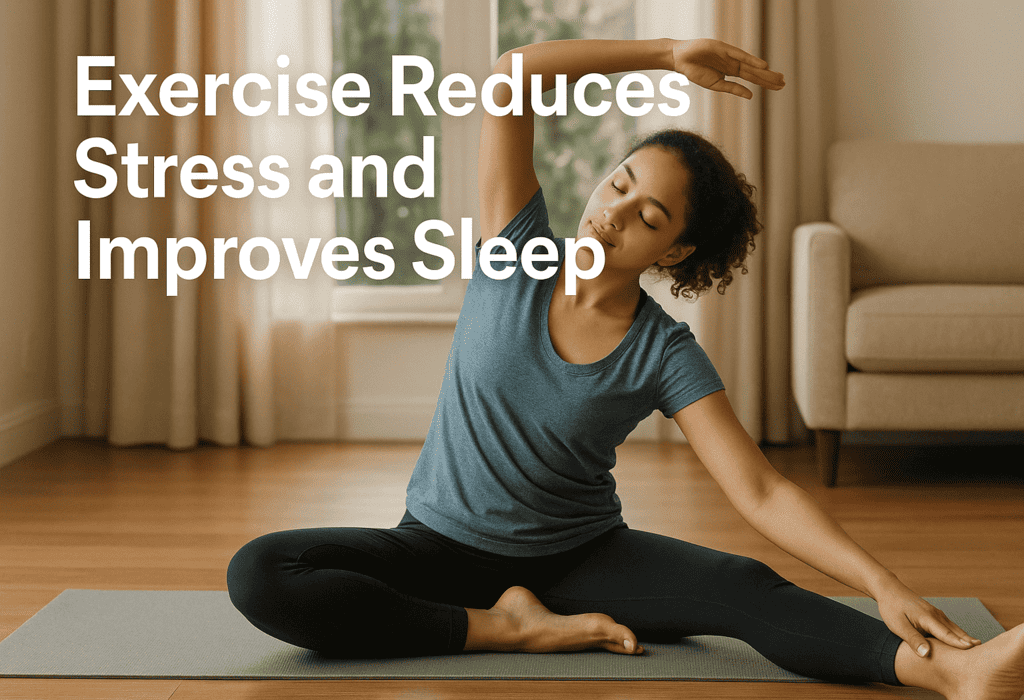
Introduction
Is yoga a sport—or something more? Today, millions of people around the world turn to yoga for improved physical fitness, stress relief, and mental clarity. In reality, yoga sits at the intersection of exercise, mindfulness, and therapeutic practice: it combines physical postures (asanas), breath work (pranayama), and meditation to deliver measurable benefits for body and mind. Recent clinical trials and systematic reviews — conducted by researchers across Asia, Europe, and North America — provide growing scientific evidence that regular yoga practice can help reduce depression, anxiety, chronic pain, and cardiovascular risk factors. Massachusetts General HospitalPubMedinternationaljournalofcardiology.com
This guide will help you: (1) understand what yoga can and can’t do, (2) identify which yoga style matches your goals, and (3) apply practical, safe guidelines for starting or deepening your practice — all while highlighting the most important scientific findings and SEO-friendly keywords to improve discoverability.
Key Points (at a glance)
- Yoga is a holistic practice that blends movement, breath, and mindfulness.
- Scientific evidence supports yoga’s benefits for depression, anxiety, low back pain, sleep, and cardiovascular risk markers. Massachusetts General HospitalPubMedPMC
- Choosing the right yoga style depends on your goals, fitness level, and any medical conditions.
- Safety and qualified instruction are essential to reduce injury risk. PLOS

Body
1. What yoga is — and how it differs from conventional exercise
Yoga is often described as a mind–body practice. Unlike many conventional sports that focus primarily on strength, speed, or endurance, yoga integrates:
- Physical postures (asanas) to build flexibility and functional strength,
- Breath control (pranayama) to regulate autonomic tone, and
- Meditation/mindfulness to reduce stress and improve attention.
This integrated approach is why yoga is frequently used both for fitness and for therapeutic purposes (e.g., chronic pain, depression, anxiety). National and international health bodies recognize yoga as a useful complementary approach for many conditions. NCCIHHarvard Health
2. What the science says — selected recent and high-impact studies
Below are a few influential, representative findings from researchers in the United States, Europe, and Asia.
- Depression (United States — Massachusetts General Hospital / Harvard Medical School): An 8-week randomized controlled trial (RCT) of heated (Bikram-style) yoga reported significant reductions in depressive symptoms and notable remission rates among participants with moderate-to-severe depression. The trial found that even about one heated session per week (mean attendance ~10 classes in 8 weeks) was associated with clinically meaningful improvement. Massachusetts General HospitalPubMed
- Cardiovascular risk and lifestyle medicine (United States — Dean Ornish): Long-term lifestyle interventions that included yoga, meditation, diet and exercise have been associated with improvements in coronary atherosclerosis and cardiovascular risk markers in randomized trials and follow-up studies. These findings support yoga as a component of comprehensive heart-health programs. PubMedUCLA Health
- Anxiety and depression (Europe — Holger Cramer and colleagues): Systematic reviews and meta-analyses led by European researchers show moderate evidence that yoga reduces symptoms of depression and anxiety, and can be comparable to other therapeutic options over the short term. Cramer’s work has also reviewed yoga for low back pain and cardiovascular risk factors. PubMed+1
- Sleep and insomnia (Asia / USA — Sat Bir Singh Khalsa and colleagues): Clinical trials of yoga and mind–body interventions show improvements in sleep quality and insomnia symptoms, particularly when programs include breathing practices and relaxation techniques. PubMed+1
These studies illustrate that yoga research crosses continents — with meaningful contributions from Asia, Europe, and North America — and that effects are most robust when yoga is delivered consistently and, when needed, combined with clinical care.

3. Common health benefits (evidence-based)
Physical benefits
- Improved flexibility and joint mobility.
- Increased muscular endurance and functional strength (especially with dynamic styles).
- Reduced chronic musculoskeletal pain (e.g., low back pain) in numerous RCTs and meta-analyses. PubMed
Cardiometabolic and physiological effects
- Lowered blood pressure, improved autonomic balance, and modest improvements in some cardiovascular risk markers when used as part of broader lifestyle programs. Harvard Healthinternationaljournalofcardiology.com
Mental health and cognition
- Reduced symptoms of depression and anxiety, improved emotional regulation, and enhanced attention and memory in several controlled studies and systematic reviews. PubMedPMC
Sleep
- Better sleep quality and reduced insomnia symptoms in trials that incorporate relaxation and breathing techniques. PubMed
Safety
- Yoga is generally safe when taught properly; however, adverse events (strain, sprain, exacerbated pain) are reported in the literature, which is why qualified instruction and appropriate modifications matter. PLOS

4. Choosing the right type of yoga (table)
| Style | Intensity | Primary benefits | Best for |
|---|---|---|---|
| Hatha | Low–moderate | Foundation postures, breathing, relaxation | Beginners, restorative practice |
| Vinyasa / Flow | Moderate–high | Strength, endurance, calorie burn | Active practitioners, fitness-focused |
| Ashtanga | High | Strength, stamina, consistency | Experienced practitioners, athletes |
| Yin / Restorative | Low | Deep stretch, relaxation, recovery | Stress relief, joint mobility |
| Bikram / Heated | Moderate–high | Flexibility, sweating, possible mood benefits | Those cleared by physician (note heat risks) |
| Iyengar | Low–moderate | Alignment, therapeutic modifications | Injury recovery, precise alignment |
Tip: Match your goal (stress reduction, strength, flexibility, pain relief) to the style and seek classes led by certified teachers who adapt postures for your needs.
5. Practical guidelines: how to start, how often, and safety
How often?
- For general flexibility and stress relief: 2–3 times per week.
- To target mental-health benefits (anxiety/depression): programs in RCTs often ran 3–4 times per week or intensive 8–12 week programs. PubMed+1
Safety and best practice
- Consult a healthcare provider if you have chronic conditions (cardiac disease, uncontrolled hypertension, pregnancy, severe joint disease).
- Start slowly — build range of motion, learn alignment, and avoid forcing poses.
- Use props (blocks, straps) as needed — they improve access and safety.
- Hydrate and avoid extreme heat (hot yoga) if you have cardiovascular or thermoregulation concerns — heated practice showed benefit in some depression trials but is not risk-free and should be approached carefully. Massachusetts General HospitalThe Yoga Spa

Conclusion
Yoga is more than a sport: it is a versatile mind–body system with broad, evidence-based benefits for physical health, mental health, and quality of life. Well-conducted randomized trials and systematic reviews from researchers in Asia (e.g., Shirley Telles), Europe (e.g., Holger Cramer), and North America (e.g., Dean Ornish, teams at Massachusetts General Hospital) show consistent benefits for depression, anxiety, low back pain, sleep, and cardiovascular risk profiles, particularly when yoga is practiced regularly and with proper instruction. BioMed CentralPubMed+1Massachusetts General Hospital
If you’re choosing a style, start with Hatha or Iyengar for alignment and safety, progress to Vinyasa or Ashtanga if you want more athletic training, and use Yin/Restorative for recovery and deep relaxation. Always prioritize qualified guidance, listen to your body, and consult your health provider when necessary.
References (selected, recent and reputable)
- Nyer MB, Mischoulon D, et al. A Randomized Controlled Trial of Community-Delivered Heated Yoga for Moderate-to-Severe Depression. Journal of Clinical Psychiatry / Massachusetts General Hospital press release (2023). PubMedMassachusetts General Hospital
- Ornish D, et al. Intensive lifestyle changes for reversal of coronary heart disease. Lancet / PubMed (1998); follow-up literature summaries. PubMedUCLA Health
- Harvard Health Publishing. Yoga — Benefits Beyond the Mat and related summaries on heart and mental health (2023–2024). Harvard Health+1
- Cramer H, et al. Yoga for depression: a systematic review and meta-analysis; and related reviews on anxiety/low back pain (2013–2018). PubMed+1
- Khalsa SBS, et al. Randomized trial / sleep studies showing yoga’s benefits on insomnia and sleep quality. PubMed/PMC (2004; 2021). PubMed+1
- National Center for Complementary and Integrative Health (NCCIH). Yoga for Health: What the Science Says. NCCIH
- CDC. Yoga Among Adults — United States report (2022). National statistics on yoga practice prevalence. CDC








